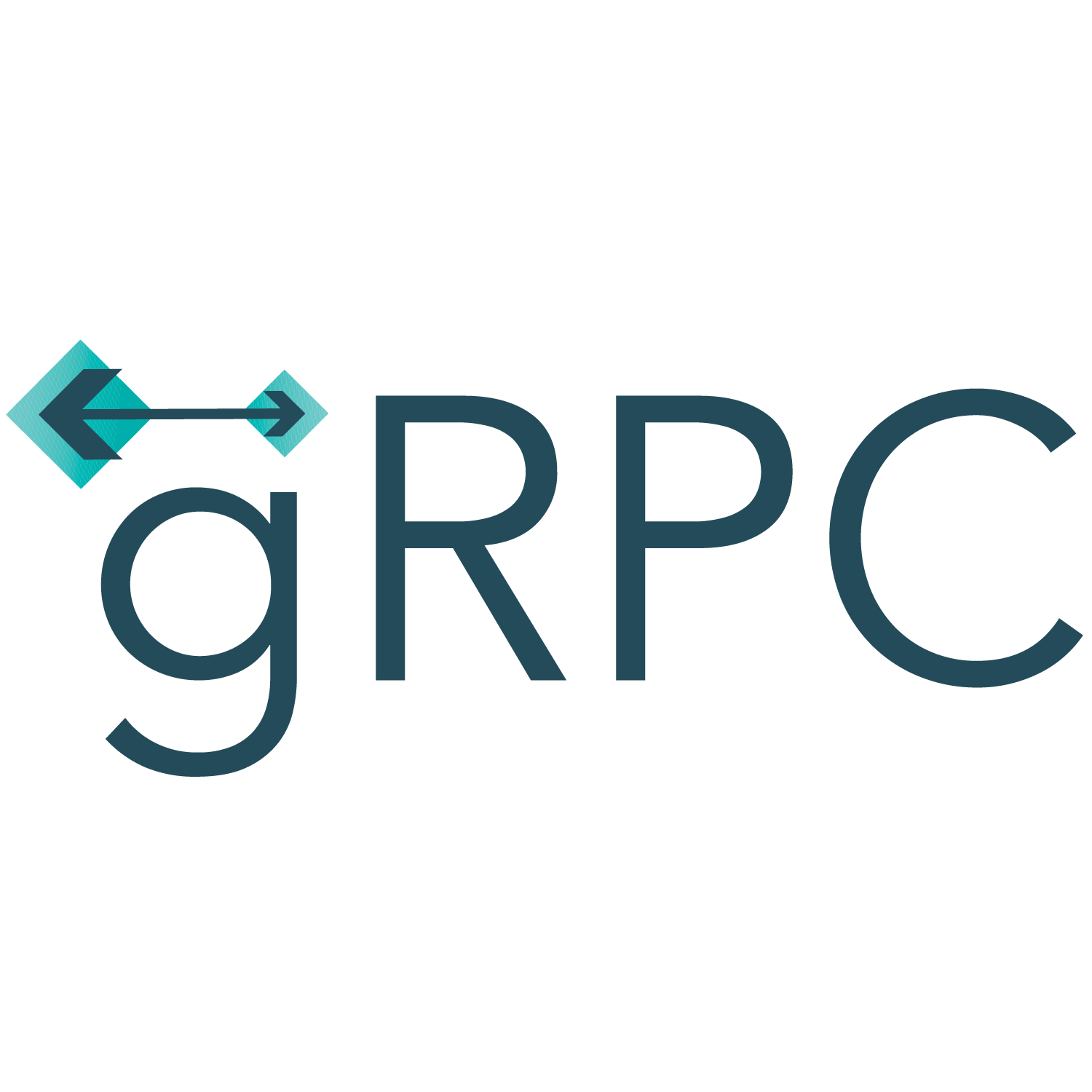Integrating Authentication and Authorization in gRPC Services
Learn how to integrate authentication and authorization into your gRPC services for secure access. Protect sensitive data and control user privileges.

Integrating Authentication and Authorization in gRPC Services
Are you working with gRPC services and looking to add authentication and authorization capabilities? Look no further! In this comprehensive guide, we'll explore how to integrate authentication and authorization into your gRPC services, ensuring secure and controlled access.
What is gRPC?
gRPC is an open-source, high-performance framework developed by Google that enables efficient communication between client and server applications. It uses the Protocol Buffers data format and supports various programming languages, making it ideal for building distributed systems.
The Need for Authentication and Authorization
When developing gRPC services, it's crucial to implement robust authentication and authorization mechanisms. These security measures protect sensitive data, prevent unauthorized access, and ensure that only authorized users can interact with your services.
Authentication
Authentication is the process of verifying the identity of a user or client application. It ensures that the entity requesting access is who they claim to be. Common authentication methods include:
- Username and password
- JSON Web Tokens (JWT)
- OAuth
By implementing authentication in your gRPC services, you can prevent unauthorized access and ensure that your services are accessible only to trusted entities.
Authorization
Authorization determines what actions a user or client application is allowed to perform after successful authentication. It ensures that only authorized users can access specific resources or perform certain operations. Common authorization mechanisms include:
- Role-based access control (RBAC)
- Claims-based access control
- Attribute-based access control (ABAC)
By implementing authorization, you can control access to your gRPC services and ensure that users can only perform actions they are authorized to perform.
Integrating Authentication and Authorization in gRPC Services
Integrating authentication and authorization into your gRPC services involves a few key steps:
- Create an authentication server: You'll need to set up an authentication server to handle user authentication. This server can use various authentication methods to verify user identities.
- Implement authentication middleware: In your gRPC server, you'll need to implement authentication middleware that intercepts incoming requests and validates the provided authentication credentials.
- Implement authorization logic: Once authentication is successful, you'll need to implement authorization logic in your gRPC server to determine what actions the authenticated user is authorized to perform.
- Secure communication channels: It's crucial to ensure secure communication channels between your gRPC server and clients. You can use Transport Layer Security (TLS) to encrypt data transmitted over the network.
Let's explore each step in more detail.
Step 1: Create an Authentication Server
Start by setting up an authentication server that handles user authentication. The authentication server can use various authentication methods, such as username and password, JWT, or OAuth. When a client wants to access a gRPC service, it sends authentication credentials to the authentication server for verification.
Step 2: Implement Authentication Middleware
In your gRPC server, you'll need to implement authentication middleware that intercepts incoming requests and validates the provided authentication credentials. This middleware should communicate with the authentication server to verify the authenticity of the credentials. If the credentials are valid, the request is processed; otherwise, an error is returned.
Step 3: Implement Authorization Logic
Once authentication is successful, you'll need to implement authorization logic in your gRPC server. This logic determines what actions the authenticated user is authorized to perform. You can use RBAC, claims-based access control, ABAC, or any other suitable mechanism to determine the user's privileges and enforce access control.
Step 4: Secure Communication Channels
To ensure secure communication between your gRPC server and clients, it's crucial to use Transport Layer Security (TLS) to encrypt the transmitted data. TLS provides authentication, data integrity, and confidentiality, protecting your data from unauthorized access and tampering.
Conclusion
By integrating authentication and authorization into your gRPC services, you can ensure secure and controlled access to your APIs. Implementing these security measures protects sensitive data, prevents unauthorized access, and enforces access control. Follow the steps outlined in this guide to integrate authentication and authorization seamlessly into your gRPC services!
Stay tuned for more articles on gRPC and other exciting topics. Happy coding!